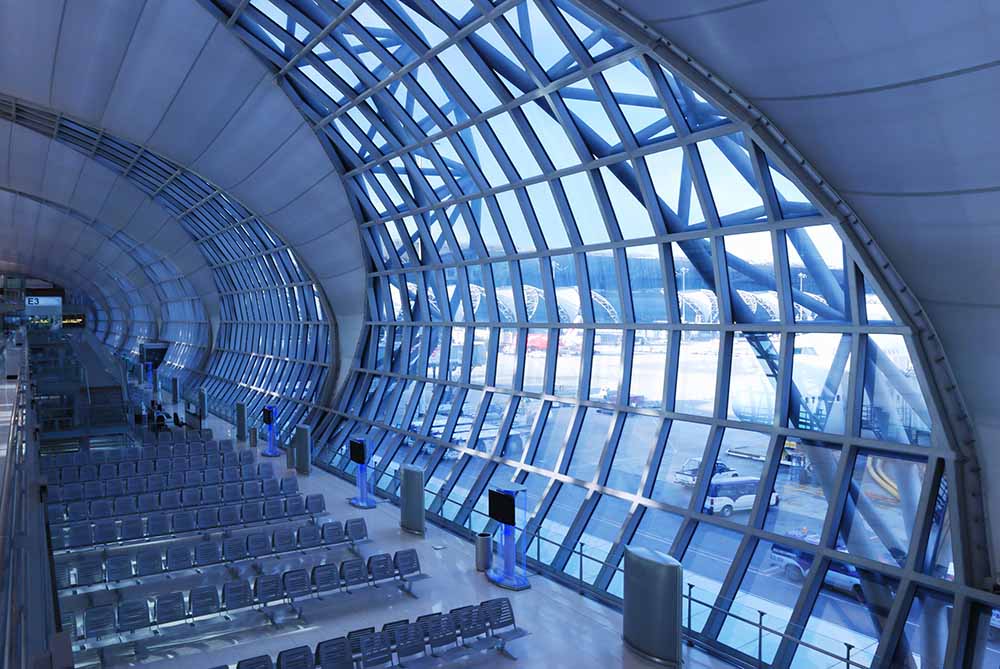Air travellers will be annoyed and exasperated at yet another hike in the almost-cheerily-named Airport Improvement Fee, ‘AIF’, of 25%, from $20 to $25 on every airline ticket originating at YVR, Vancouver International Airport. However, they are a relatively minor irritant when compared to another major airport expense that not only raises costs to airlines and thus, directly, air fares, but is entirely avoidable: the land lease costs that the federal government foists upon all the twenty-six largest public sector airports under its control in this country.
It is entirely avoidable because Ottawa is, in reality, actually charging itself this expense, because it owns those twenty-six airports. As YVR is the proximate subject of the day, the relevant cost in fiscal and calendar 2018 was $59,530,000, or 15.5% of all non-finance (interest, mostly) expenses and just slightly below the total tab for all salaries and benefits. It is like the owner of a small business paying himself high dividends that he or she cannot really afford, raising his or her costs, making it hard to keep afloat.
If this expense were to be eliminated by Ottawa, simply recognizing that it is charging itself money and raising costs for everyone (and, hence, lowering potential revenue by reducing demand for pricey airline tickets), not only could YVR refrain from raising the AIF by $5, it could also lower its landing fees and terminal fees for airlines (which were $48,063,000 and $95,133,00 in 2018) and most importantly, lowering their costs, which will depress demand for air travel and lower competitiveness versus rivals at private airports, and those in the United States.
Part of this fee reduction would, given competition in the industry, be passed on to travellers in the form of lower-than-previous air fares. This would not only please air travellers, it would increase demand for air travel as it would be less expensive, and also bring back more cross-border flight-takers who heretofore availed themselves of Bellingham or Seattle, which have lower expenses and cheaper flights than in Canada. The same would be true of Buffalo and other US airports which compete against Toronton Pearson, and other airports which compete against those of other major Canadian cities.
Politicians and bureaucrats in Ottawa do not appear to have realized that, simply by making the largest public sector airports autonomous entities several years ago did not change the fundamental relationship those airports have with the federal government: they are subsidiaries of it, in the same way that Canada Mortgage and Housing Corporation or Business Development Bank of Canada are.
Yet they are not using some ordinary commercial sense that management of a holding company or conglomerate would have: stop charging a fee to a wholly-owned subsidiary branch that raises its costs and does not produce any material benefit other than painfully extracted cash that makes that subsidiary’s expenses higher than they need to be. Canada’s largest airports and the national carriers they serve are already operating at a disadvantage versus America and global rivals, with higher taxes and aircraft leasing costs among others causing a price advantage discrepancy in favour of US carriers over Canadian ones of roughly 30%, according to the Conference Board of Canada.
The federal government of Canada should be doing everything in its power to not be an obstacle to efficiency and lower prices for businesses and hard-pressed consumers in the nation its lawmakers claim to serve. This land rent fee is an easy and logical one to eliminate now. The government can recover any temporarily deferred cash ‘losses’ when it eventually partially or entirely divested any or all of these now-more-profitable airports at much higher valuation levels via new, higher sustainable cash flow.
It is a simple, powerful, and very compelling idea: end the rental fee; lower ticket prices will follow.



